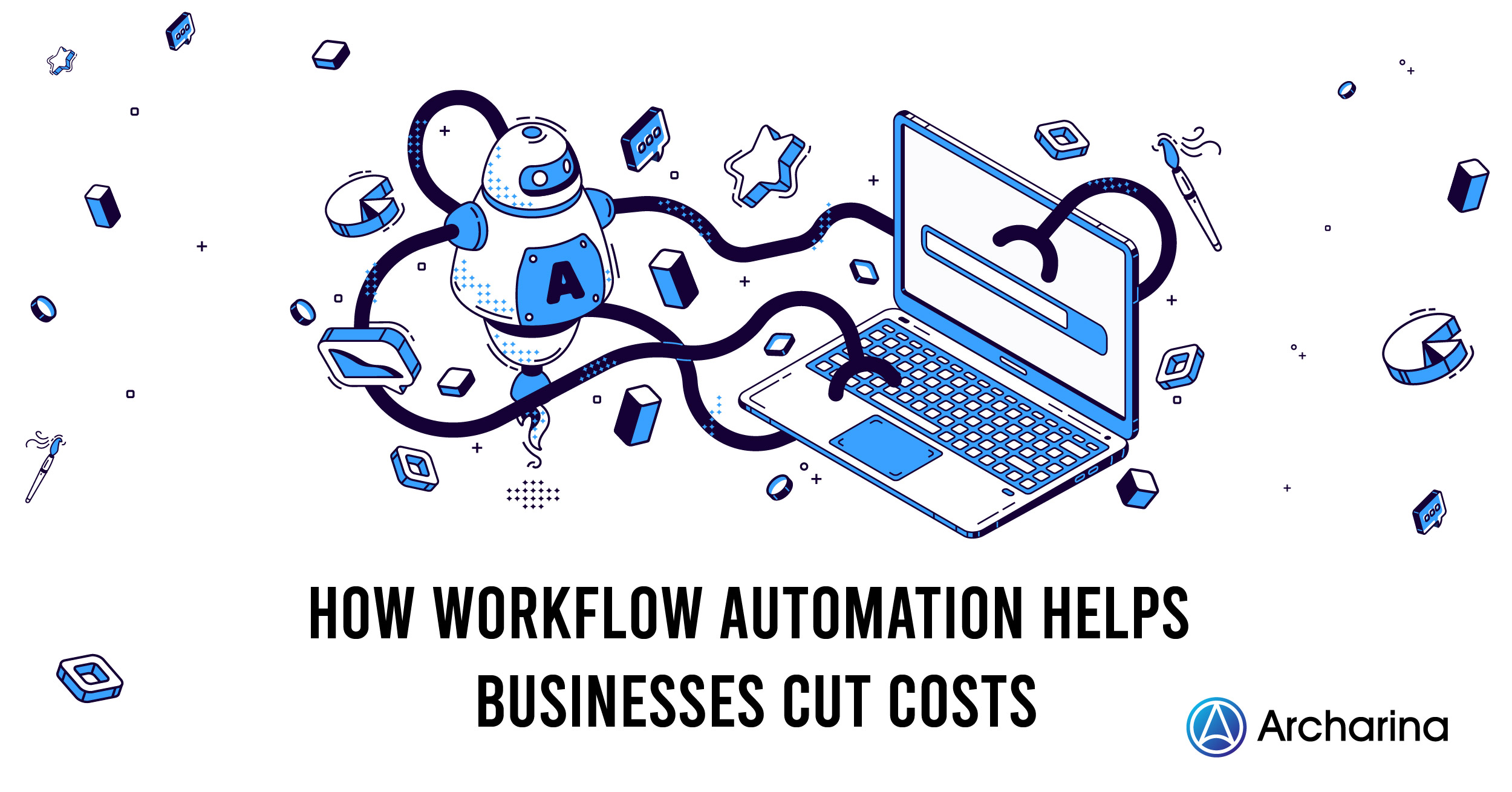How Workflow Automation Helps Businesses Cut Costs
When businesses look to implement workflow management systems, their primary concern is usually focused around saving time. After all, dozens of tasks spread across hundreds of employees can really add up, so any assistance is widely appreciated.
Though time-saving is a welcome benefit to workflow management systems, the truth is that it also works to dramatically reduce business costs as well. In this article, we’ll discuss all the key ways workflow management systems can cut costs for your business, all-but paying for themselves in the process.
Human Labor Cost Reduction
When it comes to automation, one of the most direct benefits of software is that it can streamline the more routine, repetitive tasks of a given business. Things like data entry, data recall, or even notifications can be augmented and automated entirely, freeing up valuable time for employees to focus on more important, strategy-oriented tasks.
For the sake of argument, imagine a business that churns out a huge number of purchase orders. Now, suppose each of those orders needed to be connected to an earlier purchase and approved by another set of employees, dependent on the order or the order amount.
While some businesses might opt to hire a new, expensive employee into their Accounts Payable department to handle these tasks, others might consider foregoing that cost to implement workflow management software instead.
In other words, those companies who go the software route have already saved money by letting automated systems handle the jobs they do best. If another employee is hired anyway, that employee can instead use their skills for something more “big-picture” to the business.
Error and Miscommunication Reductions
Long before computers and software came along to handle routine tasks, these kinds of tasks were relegated to manual, paper processes. Naturally, these processes took up valuable time, and all of them relied on human intelligence to see them finished. Likewise, as any employer can testify, some employees are far more expensive than others, and far more prone to errors or miscommunication
Imagine if a marketing manager forgot to send out an important ad campaign to their client leads in time. Furthermore, what do you think the cost would be if the details of a huge product order were incorrect, or a shipment had to be recalled due to human error?
Automated workflow tools mitigate these types of risks from the get-go, because their systems handle that data the same way for every order, every time.
Greater Business Insights
When it comes down to it, one of the very best things you can do for your business is to map out your processes, giving you a clear, bird’s eye view of how well or unwell things are going.
While you might feel as though your practices are well-established, what’s to say things couldn’t be better? After all, do you really know if your employees are delivering top results 100% of the time? Are your processes truly as good as they could be?
Using employee time tracking software as an example, what if your company’s productivity had been slumping lately, and the insights provided by the software showcased an increase in employee downtime? Rather than finding out this information later down the road, as things continued to get worse, you leveraged the software data to find the problem quickly, saving time and money in the process. You now have the opportunity to make swift changes, whether they be an overhaul to your workforce, changes in policy, or reallocation of resources. No matter your decision, these insights help you put your profit margins back in the green.
Improved Revenue Generation
In every business, making more money than you spend to maintain it equals not only profits, but reduced business costs as well. Workflow management software provides a huge benefit here, as it helps to remove the revenue ceiling a company might be facing by using manual labor for certain tasks.
Using a sales team as an example, let’s say you have a group of sales reps for a brand-new product, but those sales reps are limited by how many order forms they can realistically fill out in a given workday. Likewise, let’s say the target goals of those sales reps are further hindered by the amount of time it takes to get approvals for each order. In both of these scenarios, their company’s revenue stream is bottlenecked by manual processes. Orders take valuable time to fill out, and the employees handling the approvals are at the mercy of their own pace as well.
To remedy this, the employer of those sales reps could easily implement workflow management software to handle large portions of the sales data entry via automated forms. Likewise, approval times could just as easily be cut in half, because the software comes with built-in features to speed up that process as well. Said automation dramatically increases the number of sales and approvals for everyone involved, and the company reaps huge, consistent boosts to their overall revenue stream.
Wrapping it Up
No matter the size, product scale, or goals of your company, workflow management systems are a surefire way to cut the associated costs. Should you find yourself wondering which software is right for your business, the best thing we can suggest is test-driving some demos.
As for our pick on where to start, we recommend the workflow management systems provided by Archarina. From HR modules to employee time tracking, you’re bound to find the perfect complement to your company in no time. See the difference for yourself with a free demo.



